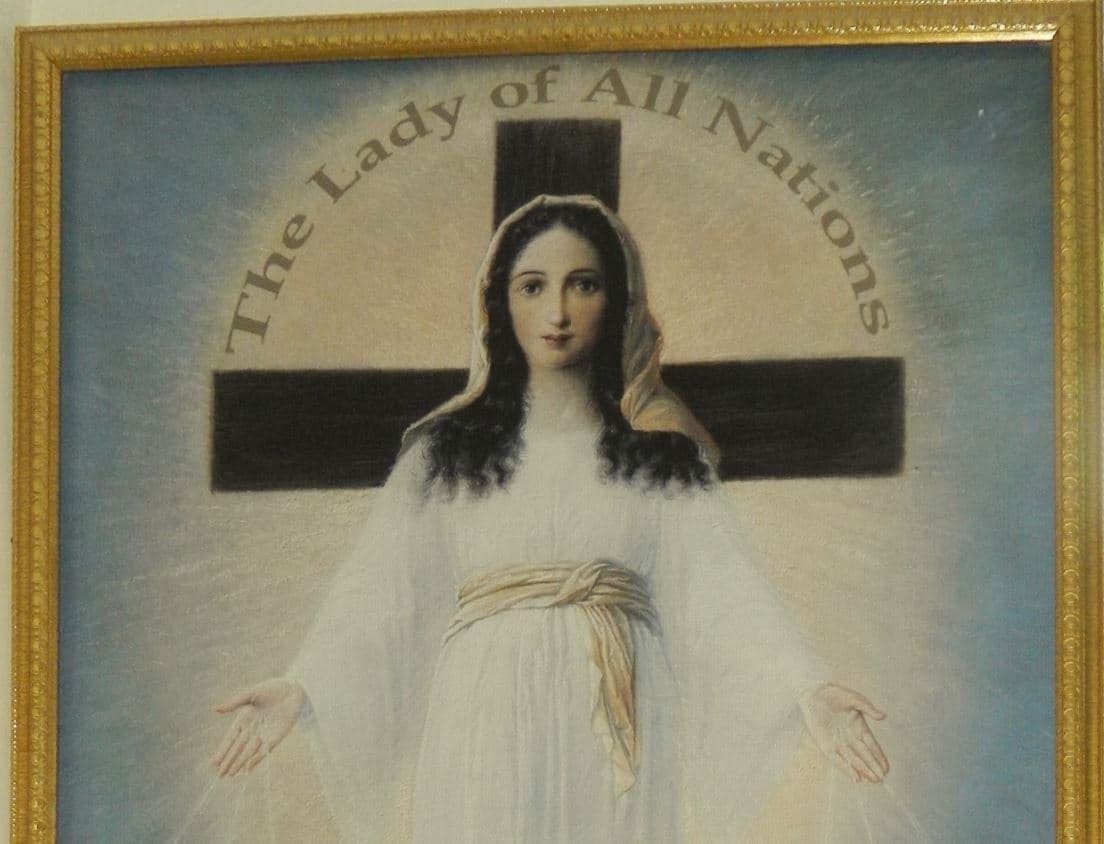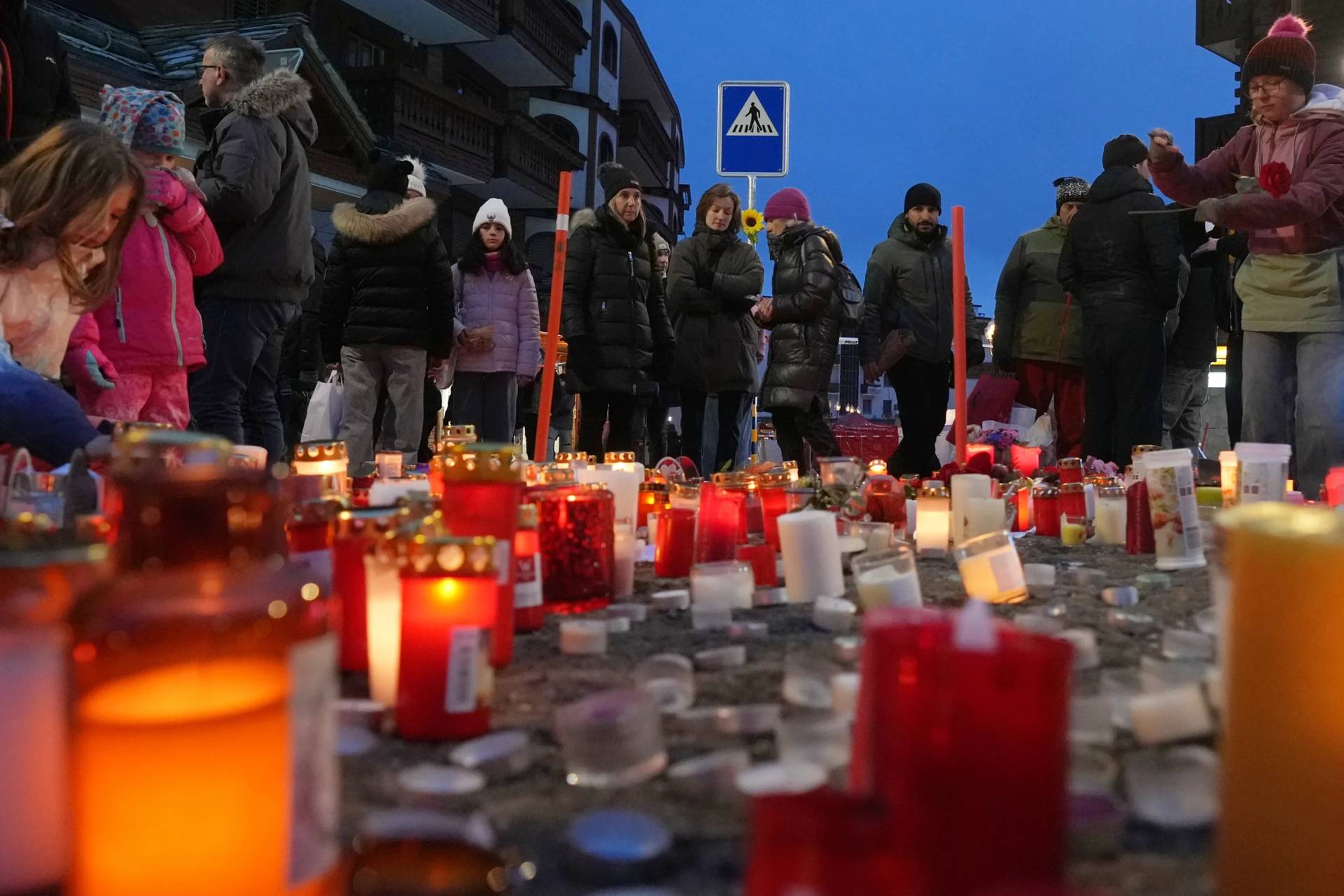The Dutch diocese of Haarlem-Amsterdam has affirmed the negative Vatican verdict on the alleged mid-20th-century apparitions of the Blessed Virgin in Amsterdam. These alleged apparitions became known as the “Lady of All Nations,” a devotion that has since spread across the borders of the Netherlands.
However, although Mary may be venerated under the title ‘Lady of all Nations,’ this may in no way be interpreted or presented as a recognition of the alleged apparitions and messages, according to local bishop Jan Hendriks in a clarification published on Wednesday.
Questions had arisen after several news outlets, among them the Dutch Catholic newspaper Katholiek Nieuwsblad, reported that the Congregation for the Doctrine of Faith (CDF) had reaffirmed its 1974 negative judgment on the supernatural character of the apparitions.
The bishop wrote his clarification “after consulting with and in accordance with” the CDF.
Hendriks notes that the title ‘Lady of All Nations’ is “in itself theologically admissible”: “Praying with Mary and on the intercession of Mary, Mother of our peoples, serves the growth of a more united world, in which all recognize themselves as brothers and sisters, all created in the image of God, our common Father.”
However, the recognition of that title “may not be understood as a recognition – not even implicitly – of the supernatural character of some phenomena, in the framework of which that title seems to have originated.”
“In that sense,” the bishop continues, “the Congregation for the Doctrine of the Faith emphasizes the validity of the negative verdict on the supernatural character of the supposed ‘apparitions and revelations’” to Dutch laywoman Ida Peerdeman (1905-1996).
She claimed that Mary appeared to her multiple times and gave her messages from 1945 to 1959. She also claimed that Mary had asked her to write to the pope and ask him to promulgate a fifth Marian dogma, declaring her ‘Co-redemptrix, Mediatrix and Advocate.”
In his clarification, Hendriks points out that the CDF’s judgement “was approved by Saint Paul VI on April 5, 1974 and was published on May 25, 1974.” Among other things, it entailed – and still entails – an instruction to end all promotion of the “alleged apparitions and revelations of the Lady of All Nations.”
While it is still allowed to use the picture of the Lady of All Nations and the version of the prayer that the CDF approved in 2006, neither “can in any way be considered a recognition – not even implicitly – of the supernatural character of said events.”
If Mary is called upon as Lady of All Nations or other variations of the title, “pastors and faithful should ensure that all forms of this devotion avoid any reference – also implicitly – to the supposed apparitions or revelations.”
In an accompanying letter to the faithful, Hendriks writes that the fact of the CDF’s negative judgement and the approval by the then pope will be new “to many.”
According to him, when his predecessor Bishop Jos Punt recognized the supernatural nature of the apparitions in 2002, “only a declaration from 1974” had been known.
In a recent interview with Katholiek Nieuwsblad, a member of the CDF said that Punt made this decision without the approval of the Vatican’s doctrinal office.
Hendriks wrote that the CDF’s approval of the devotion to Mary, Lady of All Nations, and its “appreciative words” about it, are “good news” for those who feel connected to the devotion.
At the same time, he realizes that “many faithful will above all feel hurt” by the CDF’s papally approved negative judgement on the apparitions. He says he understands their disappointment and hopes that the devotion in its approved form “may be a comfort to them.”
Hendriks called on all involved to obey “the verdict of the Church” while trusting “that the Lord leads his Church and does not abandon it; but it definitely need not harm the fervor of our love for Mary, Lady and Mother of all Nations.”
This news article was translated for Crux by Peter Doorakkers.
















